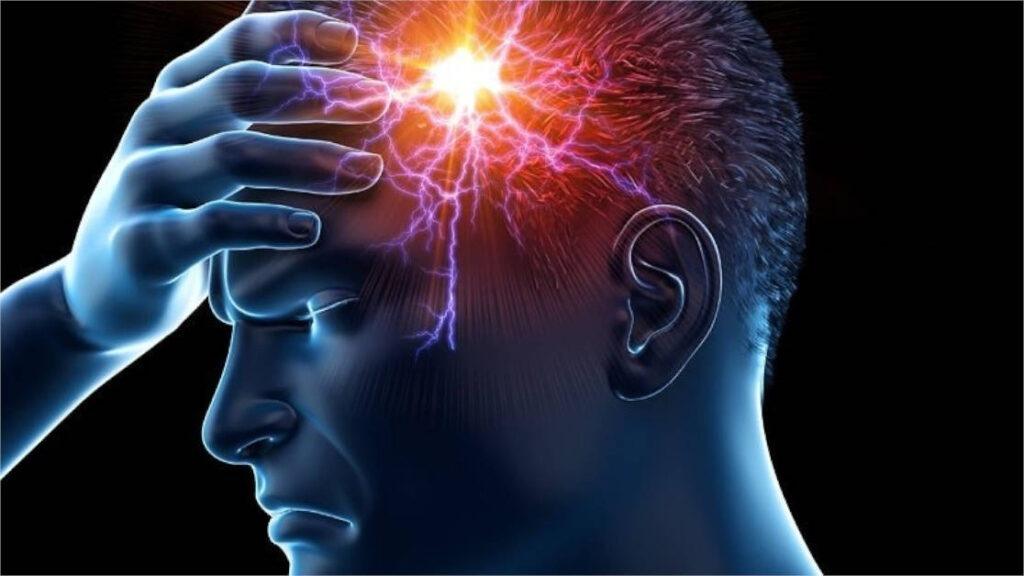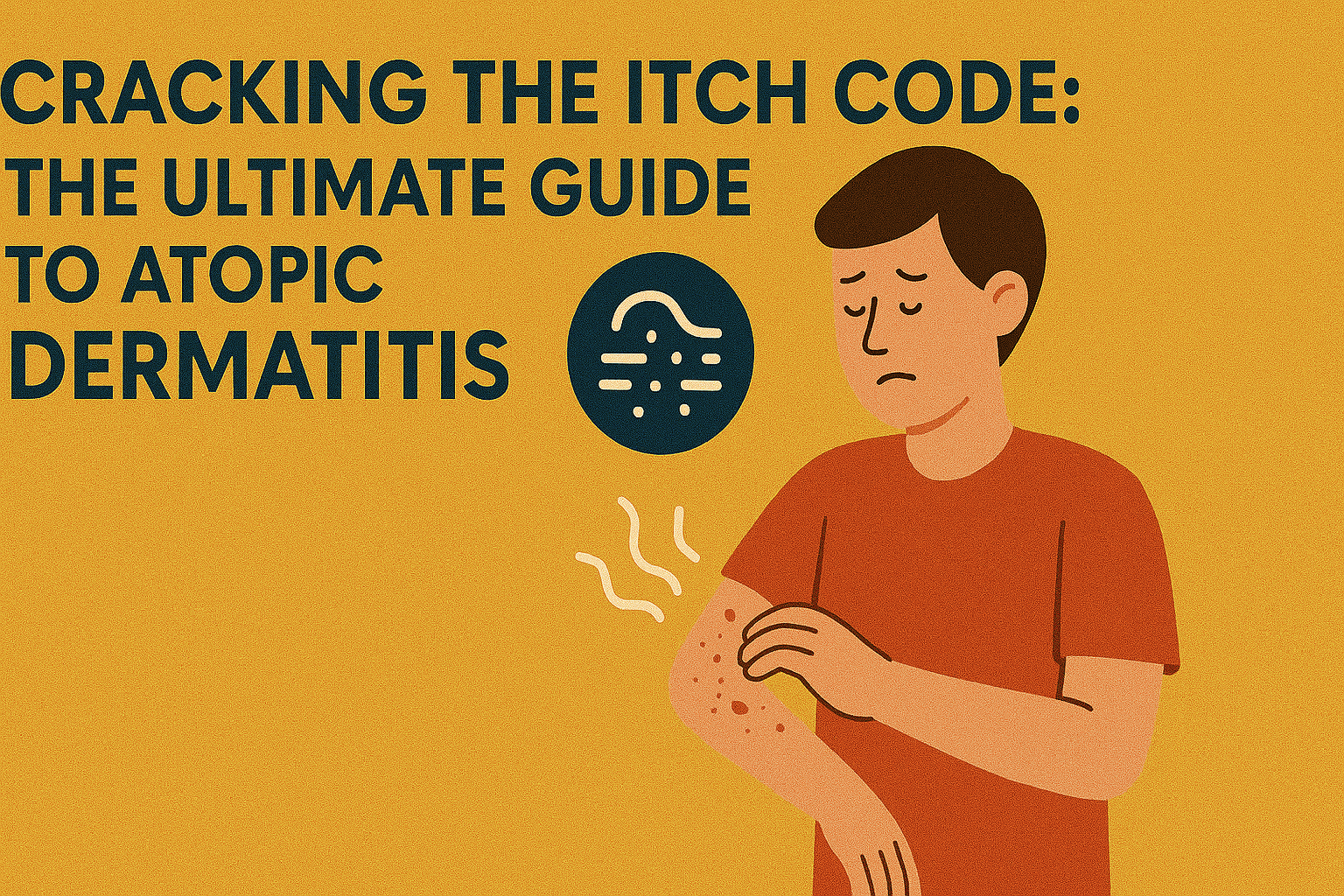Do you know that migraines affect more than 1 billion people worldwide and are one of the major causes of disability globally? If you are suffering from migraine, you are not alone – and you are not overreacting. A migraine is more than just a bad headache; This is a complex neurological condition that can derail your life or even your life.
Good news? Modern medicine and overall remedies provide real hope. In this post, we will unpack all the things that you need to learn about effective migraine remedies, from drugs and alternative remedies to real-world strategies.
Why migraine treatment matters
1. Chronic weakness
Migraines are not just painful – they can cause nausea, light sensitivity to sound, and even temporary vision loss. Left untreated, they can affect work productivity, relationships, and mental health.
2. Individual trigger
No two migraines are the same at all. Treatment is important because the triggers are different – segments, hormonal changes, diet, weather, and sleep can all play a role.
3. Initial intervention leads to better results
Addressing a migraine promptly and treating it effectively can prevent full-blown attacks and lessen their frequency over time.
Major benefits of effective migraine treatment
- Relief from pain: The most immediate benefits are beating pain and relief from related symptoms.
- Better quality of life: short time in bed = more time to enjoy your life.
- Low emergency trips: Regular treatment plans reduce immediate care requirements.
- Mental health assistance: Migraine management often improves anxiety and depression symptoms.
Step by step: How to treat migraine effectively
Step 1: Diagnosis properly
Go to a neurologist or headache specialist to confirm that your headache is migraine. You can undergo imaging (like MRI) to meet other conditions.
Step 2: Identify your trigger
Keep a migraine diary. way:
- Food consumed
- Sleep patterns
- Menstrual cycle (for women)
- Stress levels
- Seasonal changes
Step 3: Acute treatment (when a migraine begins)
Options include:
- Triptans (eg, Sumatriptan, Rizatriptan): First-line drug to prevent migraine.
- NSAID (eg, ibuprofen, Erickson): effective for miller attacks.
- Anti-nausea meds (eg, metoclopramide): help in managing symptoms together.
- New drugs: like Ubrogepant (Ubrelvy) and rimegepant (Nurtec), work by blocking CGRP receptors.
Step 4: Preventive treatment (reduce frequency)
Best for people with frequent attacks:
- Beta-blockers (eg, propranolol)
- Anti-serve meds (eg, topiramate)
- Antidepressants (eg, Amitriptyline)
- CGRP monoclonal antibody (eg, AIMOVIG, Emgality)
- Botox injection: approved for FDA-Cronic Migraine
Step 5: Lifestyle adjustment
- Regular sleep and food
- Daily Hydrogen
- Limit caffeine and alcohol
- Stress-less practices like yoga or meditation
Real-world case study: from victim to stability
Maria was 38 years of age, 15 migraine days per month. After consulting a neurologist, he launched a preventive plan with madness and traveled his trigger. With mindfulness, hydration, and medication, his migraine fell for just 3 days a month.
Maria says, “It’s not just about medicine. It is about knowing your body, managing stress, and making small changes every day.”
Actionable tips and advice
- Start a migraine diary: Use apps like Migraine Big or N1-headache to track the pattern.
- Stay forward with pain: Take the medicine on the first sign of aura or head pressure.
- Plan for hormonal changes: Women can work with their doctor on preventive treatment during menstruation.
- Use cold or heat therapy: Ice packs or heated raps can offer relief.
- Create a dark, calm environment: migraines are sensitive-sensitive; Make further plans with blackout curtains or noisy headphones.
Common mistakes to escape
1. Over-use of medicines
Repeated use of Triptan or NSAID can reduce the headache or medicine headache.
2. Doctrine
Symptoms of migraine can overlap with serious issues such as stroke or brain tumors – always a professional diagnosis.
3. Ignore lifestyle factors
Sleep, diet, and stress can plan or break your treatment.
4. Trying a lot of supplements at once
Magnesium, riboflavin, and coQ10 help – but do not overwhelm your body. Make an effort at a time and track the result.
Future trends in migraine treatment
1. Exact medicine
Genetic tests may soon help customize migraine therapy based on your DNA.
2. Neuromodulation equipment
Tools such as Cefaly (forehead stimulation) and gammacore (vagus nerve stimulation) are gaining popularity.
3. Wearables and AI tracking
Smart headbands and apps are being designed to alert users to detect initial signals and take preventive action.
4. New drug classes
The ongoing trials are searching for more CGRP inhibitors and serotonin-based treatments with fewer side effects.
Conclusion: Hope – and help
Migraine may be tireless, but with the right strategy, they do not have to control your life. From drug advances to overall habits, effective treatment is within access.
Key Takeaways:
- Early diagnosis and frequent tracking are important for migraine management.
- Treatment includes both acute and preventive care.
- Lifestyle option plays a major role in reducing the frequency of the attack.
- Exciting innovation in migraine is making treatment more personal and accessible.
Are you ready to take control of your migraine? Start by tracking your symptoms and speaking with a specialist today. Your path to relief begins now.




